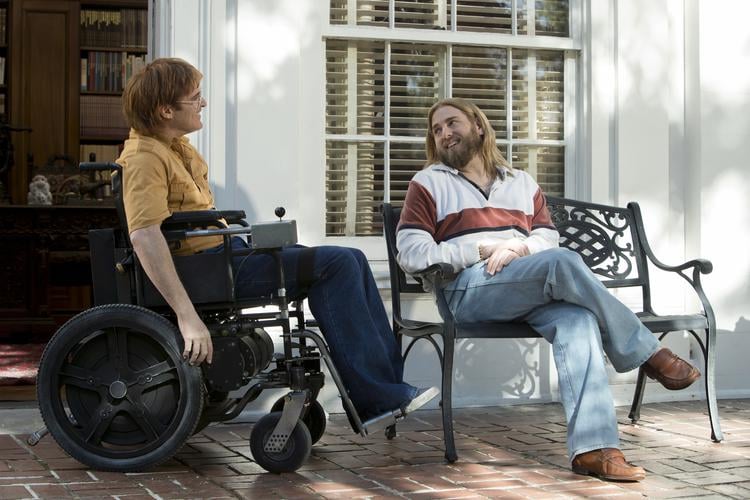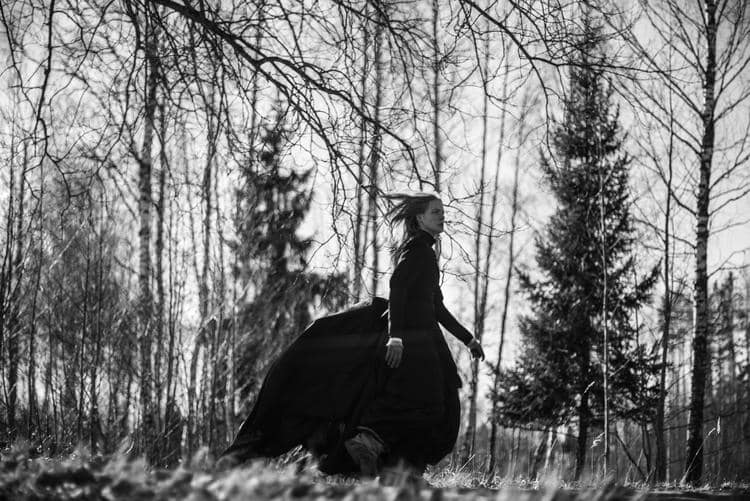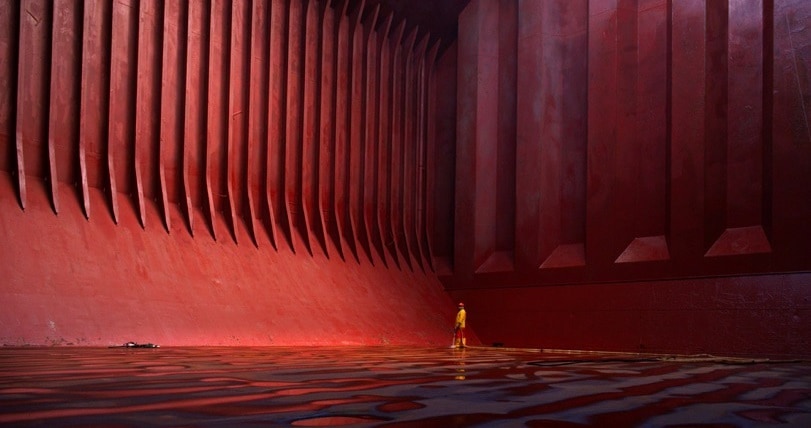Senna is a 2010 documentary film, directed by Asif Kapadia, that portrays the public and personal life and the tragic death of Formula 1-racer Ayrton Senna (1960-1994). Despite receiving general critical acclaim of journalists worldwide[1], Formula 1-racer Alain Prost (1955), former team member and eventual life-long rival of Senna, explicitly renounced the way in which he was represented in the film. This paper discusses Prost’s major arguments for this renunciation in the light of the two existing versions of the film and their differences in terms of content and montage. I argue that the award-winning[2] montage of the regular, theatrical cut establishes a paradoxical relation between the film’s purportedly independent quality as an artwork and the external objections of its accuser: while the film’s critical acclaim is partly the result of the refined montage, the montage is also precisely what has made the film controversial.
Lees verder Framing Rivalry: the representation of Alain Prost in Senna (2010) [Paper]Tag archieven: montage
Recensie: Don’t Worry, He Won’t Get Far On Foot [Gus van Sant, 2018]

”Als je alleen jezelf hebt, kun je wel inpakken”, preekt de verlichte Donnie (Jonah Hill) tijdens een bijeenkomst van zijn markante praatgroepje. Na zo’n semi-religieuze oneliner moét alcoholverslaafde annex cartoonist John Callahan (1951-2010- vertolkt door Joaquin Phoenix) haast wel naar de fles grijpen. Uiteindelijk heeft hij toch vooral zichzelf.
Lees verder Recensie: Don’t Worry, He Won’t Get Far On Foot [Gus van Sant, 2018]
Recensie: November [Rainer Sarnet, 2017]

In de wereld van November lopen fictie en realiteit naadloos in elkaar over. De fantas(ma)tische toon van de film wordt gezet als een uit de kluiten gewassen wandelende tak in de openingsscène een koe terugbezorgt bij zijn rechtmatige eigenaar. Betoverende zwart-witbeelden zijn het visitekaartje van een naarstig vreemde wereld.
Golfbrekers en gebergten: de ’trage’ cinema van Mimosas, Drift en Dead Slow Ahead

‘Ik vond die film maar saai. Eigenlijk gebeurt er niets’. Ik heb eens nagedacht hoe vaak ik die zin (of variaties daarop) al niet gehoord heb. Uiteraard diende een definitief antwoord zich niet aan, maar de overdenking sterkte mijn conclusie: een film zonder verhaal is als een schip in de Bermudadriehoek. Laat ik eens onbeschaamd generaliseren: wij mensen zoeken naar ontwikkelingen en gebeurtenissen. Wat we willen zien is niet wat er is, maar wat er verandert. Zonder verandering geen plot, en zonder plot geen film. Of ligt het genuanceerder?
Lees verder Golfbrekers en gebergten: de ’trage’ cinema van Mimosas, Drift en Dead Slow Ahead
Film analysis: Voyeurism and Deceit in Final Cut (2012)

I wrote the following film analysis for a course called Visual Aesthetics and Analysis (University of Antwerp, october 2017-january 2018). In a (combined) visual and written essay on the movie Final Cut: Ladies and Gentlemen (2012), I argue how the technique of editing & cinematography and the use of music and narrative can contribute to the framing of a darker side of men. My goal is to succesfully connect the analysis of one chosen sequence with a more general thematic evaluation of this special movie.
Lees verder Film analysis: Voyeurism and Deceit in Final Cut (2012)
